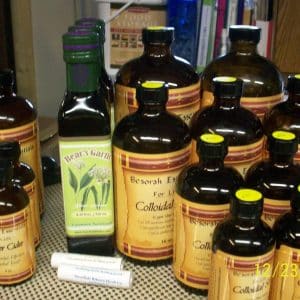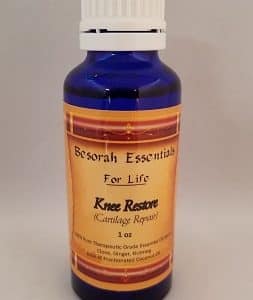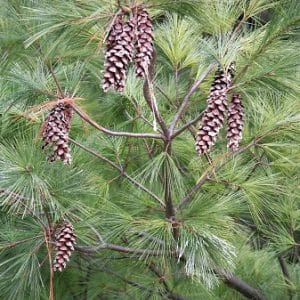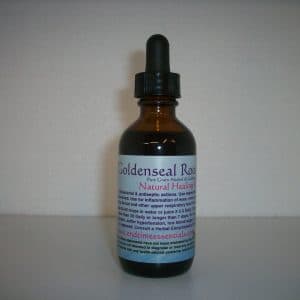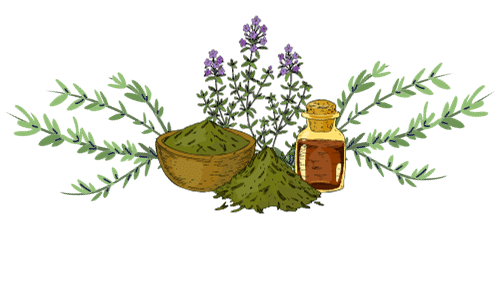Fennel is native to the Mediterranean region, but is now cultivated worldwide. It is an aromatic perennial that grows to about five feet in height, having dark green, feathery leaves, umbels of yellow flowers, and small, ridged, oval-shaped seeds, which are gathered in the autumn. The tall stalk looks like celery and is often consumed as vegetables, while the leaves and seeds are used to flavour foods. Although the taste and aroma of fennel are sometimes mistaken for anise or licorice, the plant is actually related to caraway.
Fennel is one of the oldest cultivated plants and much valued by the Romans. Warriors took it to keep good health, while their ladies took it to stave off obesity.
The Romans also believed that serpents sucked the juice of the plant to improve their eyesight prompting Pliny to recommend the herb fordimness of human vision
It was one of the nine sacred herbs of the Anglo-Saxons.
In 812 CE, Charlemagne declared it was essential in every garden because of its healing properties.
Its Greek name is marathon, meaning to grow thin. It was given to the plant because of its reputation for weight loss.
In medieval times, the seeds were chewed to stop gastric rumblings during church services.
Inhaling herbs was often a means of treating respiratory disorders. The Lacnunga, a 10th century Anglo-Saxon medical text, recommends Take fennel and hassuck (dried grass or rushes) and cotton and burn all together on the side which the wind is and, it recommends, that the practitioner reek patients with steam. This is similar to the Native American use of the sweat lodge or the modern sauna, where herbs are placed on the hot rocks to be added to the steaming process.
Key Actions
Key Components
